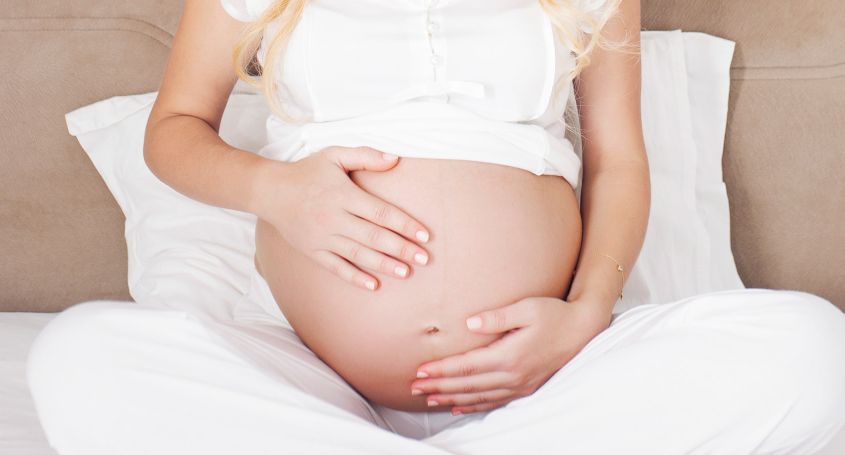Numerous publications have investigated the practice of elective single-embryo transfer (eSET). Single-embryo transfer after in vitro fertilization (IVF) has been advocated as the only effective means to avoid multiple pregnancy in IVF cycles.
Elective SET is defined as the transfer of a single embryo at either the cleavage or blastocyst stage of embryo development that is selected from a larger number of available embryos. It is defined in the Society for Assisted Reproductive Technologies (SART) reporting guidelines as ‘‘an embryo transfer in which more than one high-quality embryo exists but it was decided to transfer only one embryo.’’ Historically, to compensate for low rates of implantation for individual embryos and achieve ‘‘acceptable’’ pregnancy rates, multiple embryos have been transferred to the majority of IVF patients. Consequently, IVF carries a high risk of multiple pregnancy and its associated adverse effects on mothers and children. However, as implantation rates have improved, the practice of transferring multiple embryos must be reassessed.
There are many issues that must be addressed in order to maximize the efficacy of eSET and improve its acceptability and utilization among clinicians and patients.
Utilization of eSET has increased over the past decade. RCTs comparing cleavage-stage eSET and subsequent transfer with double embryo transfer (DET) have demonstrated similar pregnancy rates and life birth rates with a substantial reduction in multiple gestations. An Randomised Controlled Trial comparing eSET and DET of blastocyst-stage embryos demonstrated no statistical difference in pregnancy rates and a reduction in multiple gestation rate from 47% to 0%.
There is evidence from well controlled trials and clinical reports that if the contribution of cryopreserved embryo transfers is included, cumulative success rates per retrieval are similar for eSET and DET.
Elective SET is most appropriate for those with a good prognosis: age <35 years, more than one top-quality embryo available for transfer, first or second treatment cycle, previous successful IVF, and recipients of embryos from donated eggs.
Women aged 35–40 years may be considered for eSET if they have top-quality blastocyst-stage embryos available for transfer.
Challenges to increased use of eSET exist. These include provider and patient education, financial considerations, embryo selection, and successful cryopreservation. Stakeholders should recognize that the optimal outcome of an IVF cycle is the birth of a healthy singleton.
Elective SET should be offered to patients with a good prognosis and to recipients of embryos from donated eggs.
IVF centers should promote eSET when appropriate through provider and patient education.
Improvements in embryo selection should further increase the application of eSET.














